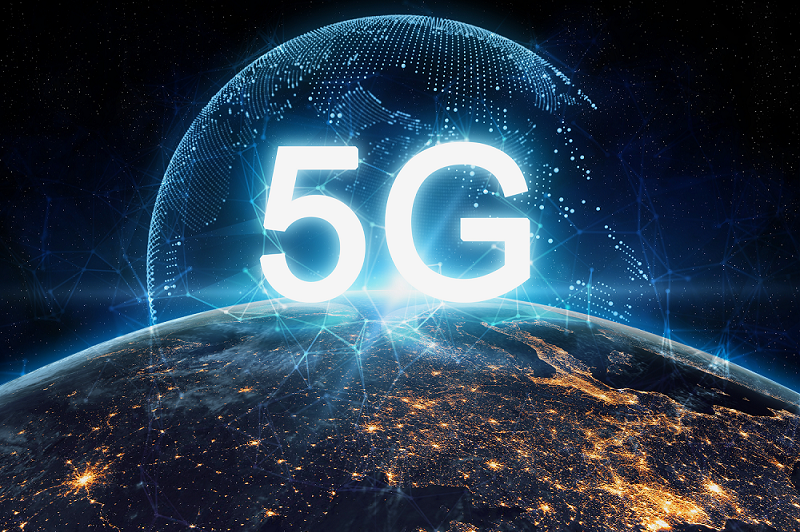Tech Versum: Explore the Future of Technology
Dive into the latest trends and innovations in technology with Tech Versum.
5G and You: The Speedy Future of Connectivity
Discover how 5G is revolutionizing connectivity and what it means for your digital life. Don't get left behind—experience the future today!
How 5G Will Revolutionize Your Everyday Life
The advent of 5G technology is set to transform our everyday lives in remarkable ways. With its vastly improved data speeds and lower latency, activities such as streaming ultra-high-definition videos, downloading large files, and engaging in real-time communications will become almost instantaneous. Imagine smart homes where all devices are interconnected seamlessly; from your refrigerator to your thermostat, everything will communicate effortlessly, enhancing efficiency and convenience in ways we have only begun to imagine.
Moreover, 5G will significantly advance the potential of emerging technologies like augmented reality (AR) and virtual reality (VR). This means that immersive experiences, whether for gaming, education, or remote work, will become more accessible and impactful. Telehealth services will also benefit from faster data transmission, allowing for real-time consultations and better patient monitoring. In essence, 5G is not just a leap in mobile networks; it represents a pivotal change in how we interact with our world, making our lives smarter and more connected.

The Benefits of 5G: What You Need to Know
5G technology is set to revolutionize the way we connect and interact with the world around us. One of the most significant benefits of 5G is its ability to provide faster internet speeds. With data transfer rates reaching up to 100 times faster than 4G, users can experience seamless downloads, high-definition streaming, and real-time gaming without the usual lag. Moreover, 5G's low latency means that response times are dramatically reduced, which is essential for applications such as virtual reality and autonomous driving. This technological leap opens up new opportunities for businesses and enhances the daily online experiences of consumers.
Aside from speed and responsiveness, another considerable advantage of 5G is its capacity to connect more devices simultaneously. This means that as the Internet of Things (IoT) continues to expand, 5G networks will support a greater number of connected devices without compromising performance. In fact, it is estimated that 5G can support up to 1 million devices per square kilometer. This connectivity paves the way for smarter cities, improved agricultural methods, and efficient healthcare solutions, ultimately leading to a more interconnected and efficient world.
Is 5G Safe? Addressing Common Concerns and Myths
The advent of 5G technology has sparked numerous debates around its safety and potential health impacts. Many individuals express concerns about increased exposure to electromagnetic fields (EMF) as 5G networks utilize higher frequency bands than previous generations. However, regulatory bodies such as the World Health Organization (WHO) and the Federal Communications Commission (FCC) have consistently indicated that current research shows no adverse health effects linked to 5G technology as long as it operates within established safety guidelines. It is important to distinguish between real scientific findings and myths fueled by misinformation that can circulate in the media.
Addressing common myths is essential in understanding the true safety profile of 5G. For example, one of the prevalent concerns is that 5G could lead to an increase in health issues such as cancer. However, numerous studies have failed to provide substantial evidence supporting this claim. In reality, the frequencies used in 5G networks are similar to those used in technologies we've safely employed for years, such as microwave ovens and cellular networks. As 5G technology continues to evolve and expand, ongoing research will be critical to ensure it remains safe for everyone while dispelling the myriad of myths that can create unnecessary fear.